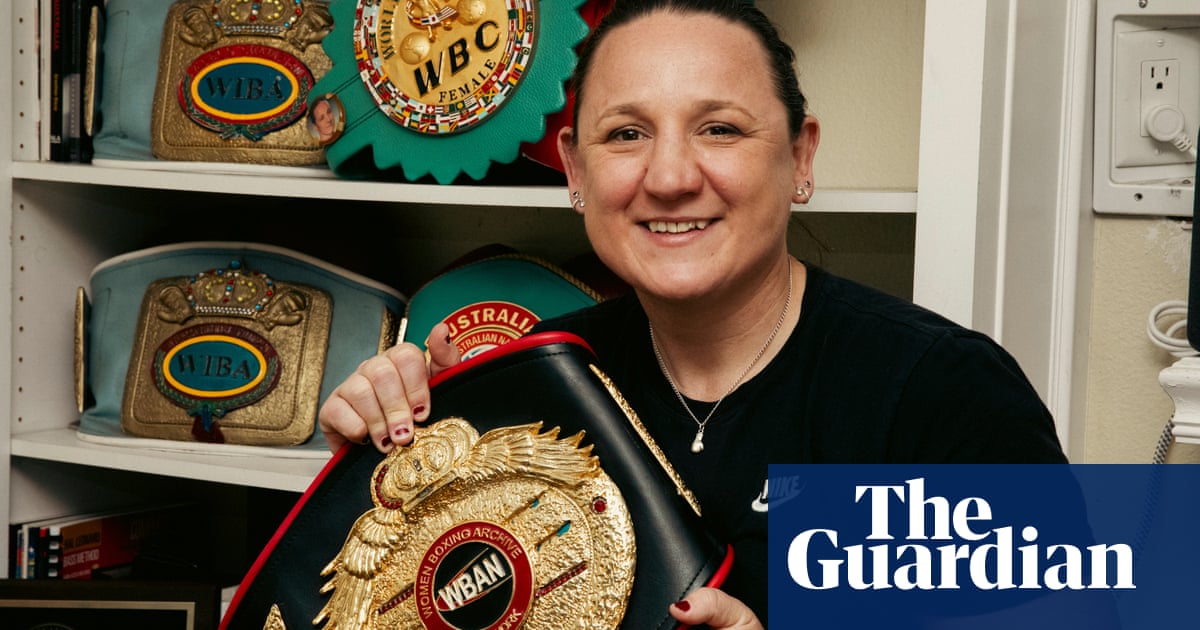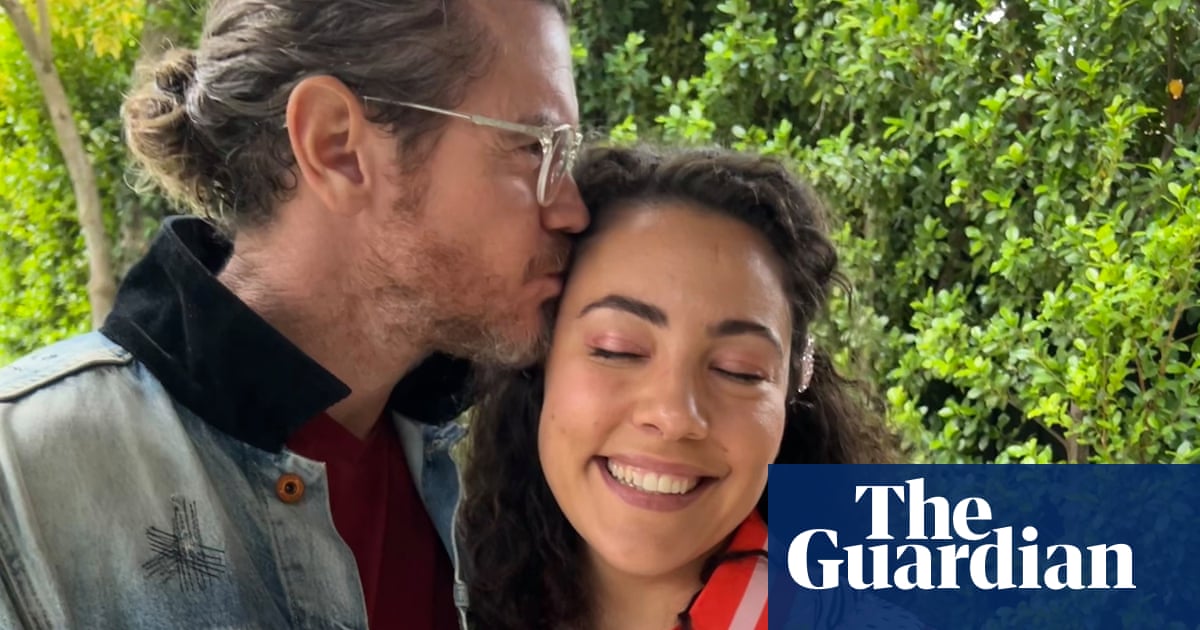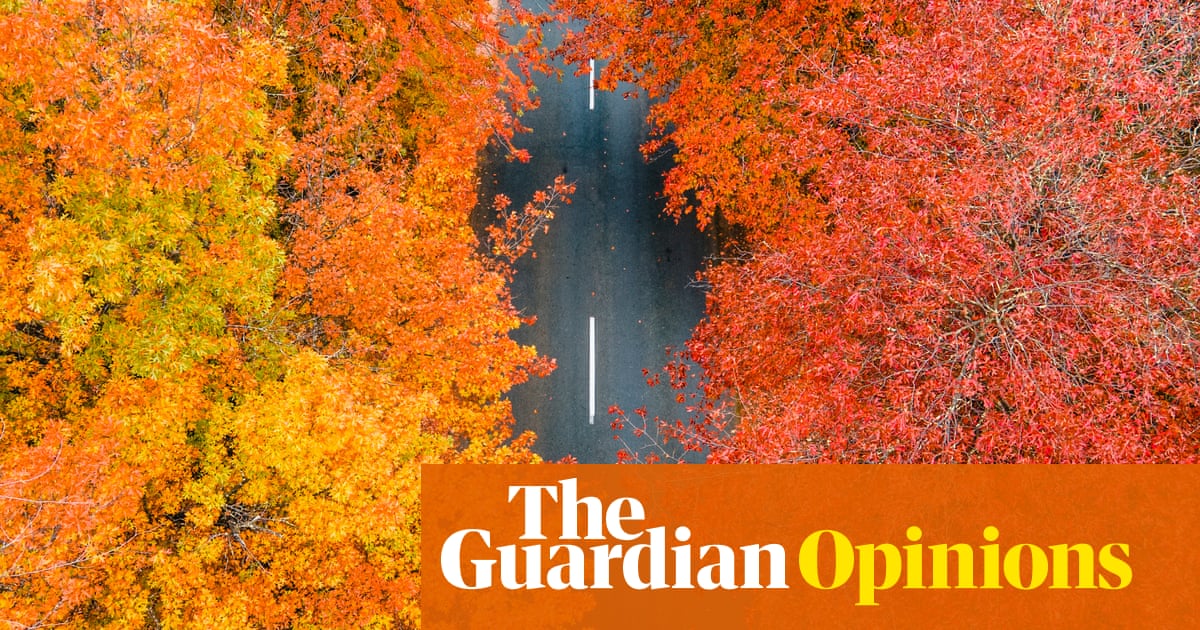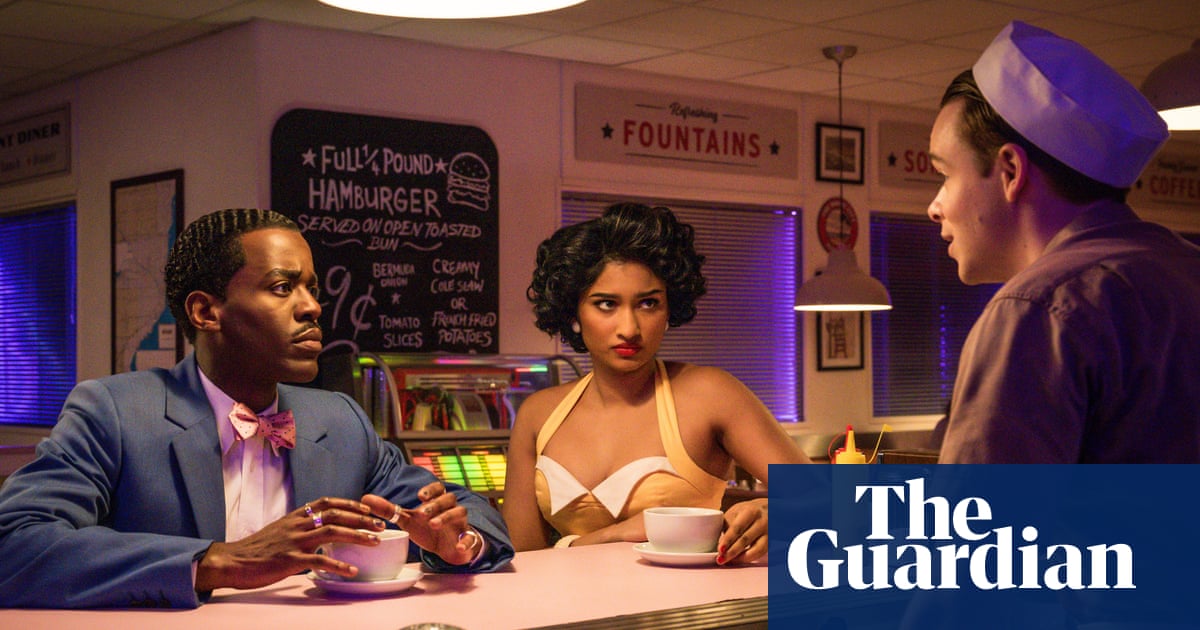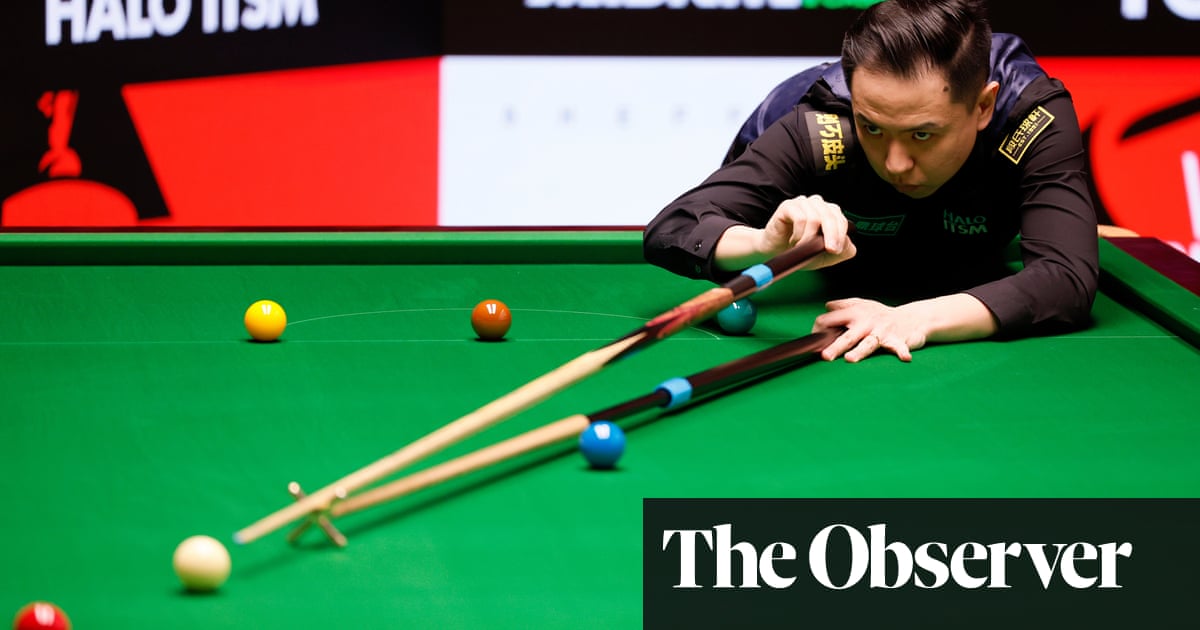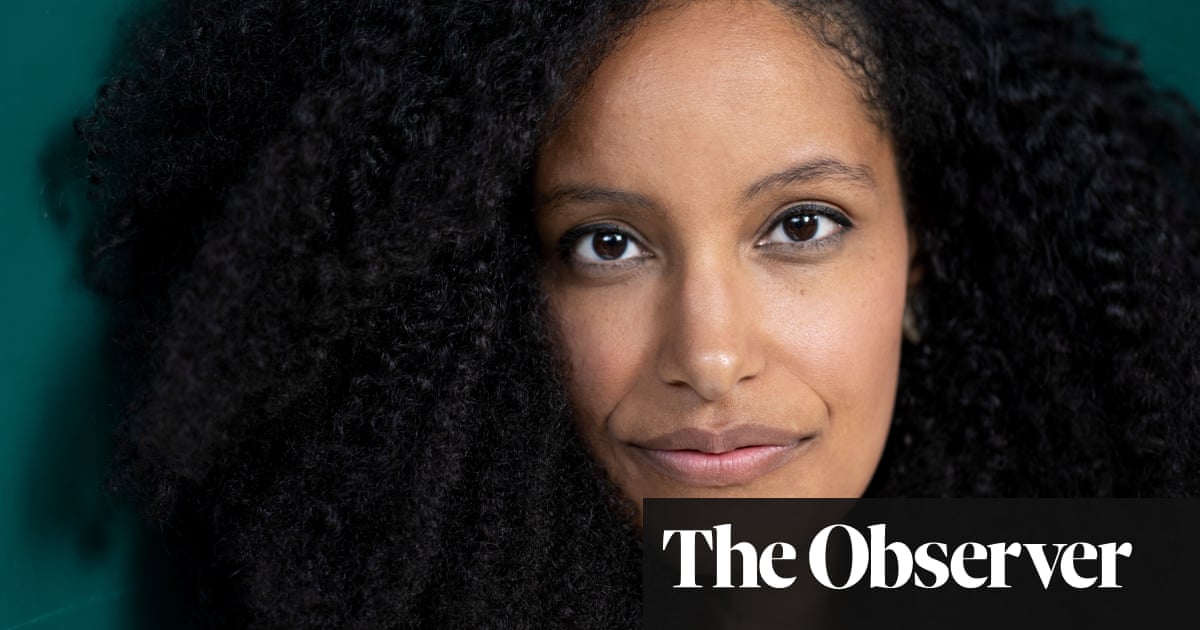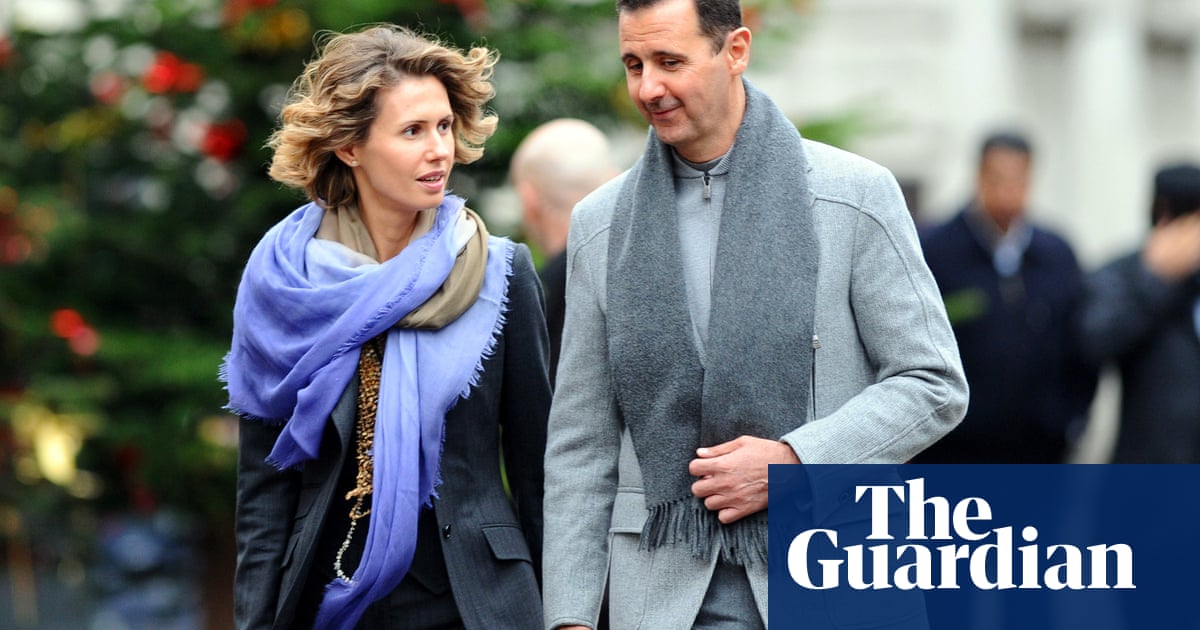Exhibition of the week
Antony Gormley
Gormley’s early sculptures are cast from his own body and have a macabre, almost archaeological beauty that recalls prehistoric and ancient Egyptian art.
White Cube Mason’s Yard, London, until 8 June
Also showing
Turner’s Kingdom: Beauty, Birds and Beasts
This exhibition that opens on JMW Turner’s 250th birthday explores a lesser known aspect of his art: his depictions of animals.
Turner’s House, London, from 23 April to 26 October
Laura Lancaster & Rachel Lancaster: Remember, Somewhere
The identical Lancaster twins are both painters, though with different styles and sensibilities.
Baltic, Gateshead, until 12 October
That Marvellous Atmosphere
Stanley Spencer’s epic vision of a tumultuous, happy occasion, Christ Preaching at Cookham Regatta, gets an airing.
Stanley Spencer Gallery, Cookham, until 2 November
David Salle: Some Versions of Pastoral
The postmodernist painter lets AI remix his works, embracing instead of fearing the robot future.
Thaddaeus Ropac Gallery, London, until 8 June
Image of the week

A rare bronze of Le Baiser (The Kiss), produced during Rodin’s lifetime and signed by the artist will be auctioned this month.
The 60cm-high bronze was one of the first three cast in this size. It was commissioned in 1904 by the Argentine Jockey Club to be presented as a marriage gift to Lucien Mérignac, the French fencing champion, and has since sat in the living room of a family home in western France. It is expected to pass €500,000 at auction.
What we learned
Martin Parr went to Japan to photograph cherry blossom season in Kyoto
An auction of 40 Roy Lichtenstein works is expected to raise £26m
The Guardian wondered how pleased William Morris would be by his current ubiquity
Perth, Australia, is under pressure to drop plans for a seven-metre statue of an astronaut
‘Art thief’ Wayne Thiebaud was more than inspired by other artists
Masterpiece of the week
Jericho Skull, 8500BC-6000BC

This is one of the earliest surviving images of a human face – and one of the most memorable. Thousands of years before the creation of Stonehenge, the creator or creators of this daring sculpture took a real skull, probably of an ancestor or someone recently dead whose being they wanted to preserve, and filled in its lower face with plaster to make it more lifelike. Then they added bright white shells for eyes.
The disconcerting thing is how deeply this primitive, ritualistic artwork gets to the essence of portraiture. In Renaissance Florence, the faces of portrait busts were often modelled on death masks in a practice not a million miles from this. In the same era in Bruges, Jan van Eyck gave one of his painted portraits the inscription “Loyal Remembrance”, expressing the very same desire as the ancient people of Jericho to preserve a person. Photography has made portraiture a still more efficient posthumous preservative. In the era of the selfie, the images of the dead linger as ghosts in the machine. The creator of this object understood art, and death, and the urge to remember.
British Museum, London
Sign up to the Art Weekly newsletter
If you don’t already receive our regular roundup of art and design news via email, please sign up here.
Get in Touch
If you have any questions or comments about any of our newsletters please email [email protected]

.png) 1 day ago
8
1 day ago
8
